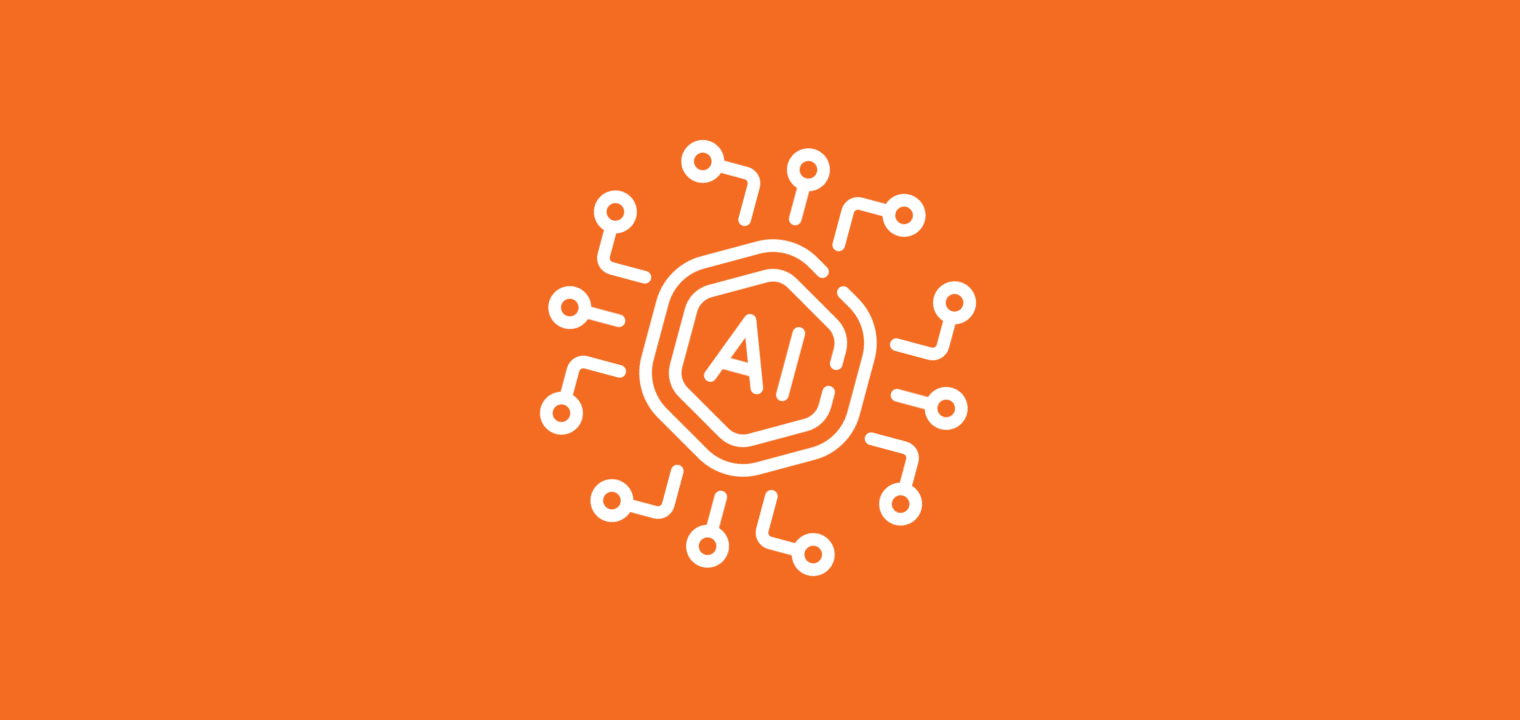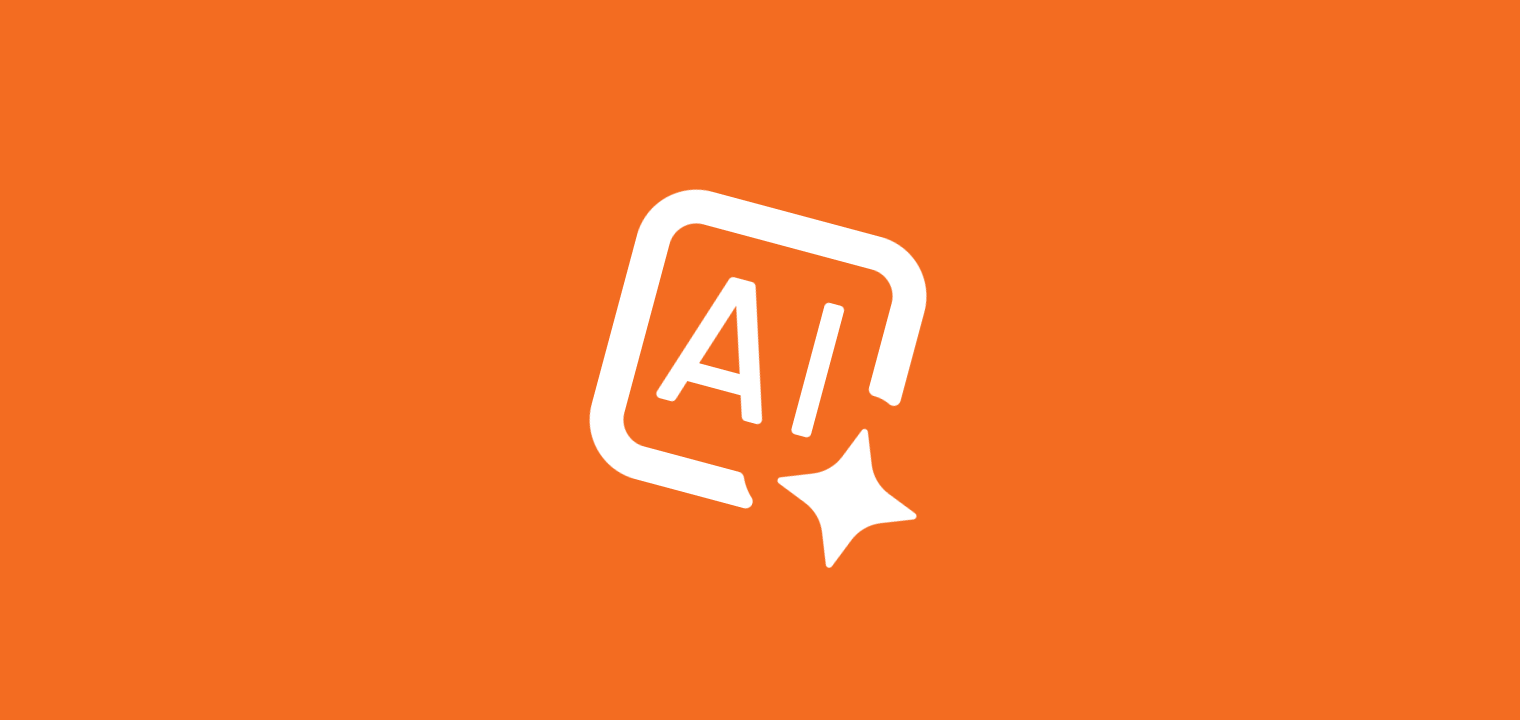
Unconscious Bias - Why it Matters
Added 14/09/23 -
9
min read
When we make decisions or judgements, we must weigh up lots of different variables before coming to a conclusion.
But many of us will be influenced not just by objective and measurable facts. We can also be swayed by our life experiences and entrenched thought patterns, often without actually being aware of it.
For example, we can make judgements based on how people look, perhaps because of their height, weight, age or perceived attractiveness, or favour one gender over another when we’re assigning roles and responsibilities.
This is called unconscious bias - and can lead to others being unfairly treated and disadvantaged.
We should stress that a person who shows unconscious bias is not a bad person.
The very nature of this cognitive process means there is no malice or intent behind it.
But that doesn’t mean it should be left unchecked, as discriminatory behaviour is against the law and can have countless negative impacts both on individuals and your business as a whole.
That’s why it’s so important to be aware of unconscious bias, identify it in yourself and others, and be willing to challenge it where you see it.
Through education, training and promoting a fair and respectful culture, it is possible to mitigate its impact, and in turn create a more effective working environment, deliver a better service to your clients and improve how you make decisions.
The science behind unconscious bias
Unconscious bias is a consequence of how our brains work and process information.
This is perhaps best explained by Daniel Kahneman in his groundbreaking book Thinking Fast and Slow. Here Daniel suggests that our decision-making is governed by two different thinking patterns and that approximately 98% of our thinking is governed by neuro-system one, the fast system.
This system gives us the means to act quickly, instinctively and intuitively, so we can answer simple questions in a short time. Significantly, this accounts for the vast majority of our decision-making day after day.
The second pattern - thinking slowly - helps us deal with more complex situations and use logical and rational thought to make a decision, accounting for just two percent of our thinking. .jpg?width=842&height=595&name=20230810_CPAR00037_862jz64a1_UnconsciousBiasDiagram%20(1).jpg)
If our main pattern of thought relies on intuition, rather than considered thought and analysis, we’re able to give quick answers, but we can’t always examine the situation from every angle.
Instead, we rely on shortcuts in our brain such as our preconceptions and emotions, which aren’t necessarily accurate, and use these to guide our decisions.
The human brain naturally categorises information as quickly and efficiently as it can, as it may be processing vast amounts of information at once, and we want to be able to make decisions quickly. But it can lead to us relying on inherent biases when we’re coming to a conclusion.
We’ll have grown up being influenced by those around us, such as our friends and relatives, as well as the media we consume, and this can create neural pathways in our brain that grow stronger with repetition, and ultimately form inherent biases.
As part of this, our brains will categorise people according to certain characteristics, such as their age, race, gender or political beliefs.
So if we see a certain group portrayed in a particular way, be it positive or negative, we can end up associating our wider view of everyone in that group with that portrayal.
That can lead to us basing our decisions on sweeping generalisations and stereotypes, and sometimes favouring people who reflect our own demographics, background and world views.
Similarly, we might interpret information in a way that reinforces our existing opinions, even if the evidence in front of us says something different.
The effects of unconscious bias at work
Unconscious bias can have a hugely negative impact in the workplace. For example:
- Clients may not be given the best possible service, with general assumptions preventing them from being treated as individuals
- Some employees may be discriminated against or overlooked for promotion opportunities
- Job applicants who are suitable for the role might not be hired or even selected for interview
- Many members of staff may not feel valued and able to put forward their ideas and opinions
Everyone can be influenced by unconscious biases to an extent, so it’s really important to be aware of it and recognise it if it’s affecting your decisions and behaviour.
Otherwise, you risk losing talent from the workplace, allowing a culture of discrimination to grow and harming your company reputation.
Why you should tackle unconscious bias
Reduce reputational and legal risks
Actively working to address unconscious bias shows that you’re genuinely committed to promoting fairness and equality, and not prepared to tolerate discrimination.
That can help to enhance the reputation of your business, both among the wider public and potential recruits, as people will feel confident they’ll be treated with respect.
Failing to act on this issue could be devastating to your reputation, as clients and employees who feel they’ve been subject to unconscious bias could easily share their experiences with their peers, online and even with the press - and that could harm your company’s long-term prospects.
Being proactive on this issue could also help you avoid costly discrimination claims and other legal battles, as - ideally - instances of unconscious bias would not occur.
Build a happy and loyal workforce
Identifying and rooting out unconscious bias where possible can help you create a happier and much more productive team. That can, in turn, significantly reduce staff turnover rates, and enable you to save huge sums of money on recruitment, onboarding and training.
Retaining more staff also increases your chances of being able to develop members of your team to fulfil their potential, including as future leaders.
Broaden your pool of potential recruits
When you’re recruiting, ingrained prejudices can lead to you overlooking people who could be a great asset to your business. But by changing your recruitment and thought processes at the same time, you can tap into a much wider pool of potential candidates.
Improved decision-making
If team members fail to challenge what’s being said, you open the door to groupthink and the outcomes will be poorer. By acting to address unconscious bias, you’ll be more likely to have people around the table coming at a problem from a different perspective and willing to present alternatives you may not have considered.
Being exposed to how other people tackle a problem can also help you challenge your thinking in the future, so next time you need to make a decision, you’ll be better able to approach it from multiple angles and consider more perspectives.
Awareness of unconscious bias can also lead to more objectivity in the decision-making process, with the best outcomes delivered through robust and objective discussions and challenge.
Encourage innovation
If people feel fairly treated and valued, they’ll be much more likely to put forward ideas and views that can benefit your business, both in the short and longer term. According to figures from the World Economic Forum, businesses with diverse workforces are 20 per cent more creative, and enjoy 19 per cent higher revenue from innovation.
This shows the clear and overwhelming business case for encouraging a culture where each and every person feels valued, and therefore happy to speak openly with their peers, without fear of being treated at a disadvantage.
Deliver a better service to clients
Unconscious bias can lead to sweeping and incorrect assumptions, and possibly prejudging your clients’ needs, circumstances and priorities. If you can recognise these biases and challenge them, you can identify the specific challenges certain people face and how you can help them.
That can then lead to you providing a much better service, tailored around people’s real rather than perceived needs, and potentially generating more leads on the back of positive client experiences.
Find out more: Understanding and Improving Equality, Diversity and Inclusion in the Mortgage Sector
Find out more: Top 5 Ways to Attract New Clients
What can you do about it?
Recognise the existence of unconscious bias
We all have in-built biases, so there’s no point pretending that you don’t. If you can acknowledge this simple fact, you can start examining whether these influence your thoughts, behaviours and decisions, and if there are any patterns.
Identify your own biases
The very nature of unconscious bias means identifying your biases can be very difficult. In that case, it could be worth completing online tests, where you’re asked about your attitudes and beliefs.
Harvard’s Implicit Association Test is one example, and although it might throw up uncomfortable results, it can shine a light on the various prejudices you may have. You may then be in a stronger position to recognise unconscious bias in your own thoughts and actions in the future and take positive action.
Question your first impressions
Ask yourself what is behind your opinions and judgements. For example, if you’re hiring a new candidate, are the qualities you like in them actually relevant to the job? Is your view based on assumptions or facts? Do others agree with you?
Or if you’re speaking to a client, are you making assumptions about their life and circumstances that influence the advice you offer and the services you believe they might need?
One good way to gauge whether unconscious bias has affected your decisions is to imagine how you’d treat somebody else in the same situation. Would you act the same if they were a different age, ethnicity, gender or possessing certain other characteristics? If you ask yourself these questions, be honest with yourself.
Treat each person as an individual
Every demographic group is hugely diverse in itself, consisting of people with different values, skills, beliefs and priorities. With that in mind, it’s important to see people from different demographic groups as individuals, rather than representative of a homogenous whole.
That can help you challenge your own assumptions and prejudices, and look at each person for who they actually are, rather than who you believe they might be.
Educate yourself
If unconscious bias is a consequence of our lived experiences and patterns wired into our brains, acting to broaden your knowledge can make a huge difference.
Spending time actively seeking diverse perspectives, perhaps by consuming different media outlets or reading books by more diverse authors, allows you to challenge your assumptions and opens your mind to different ways of looking at the world.
You can also access resources designed specifically for mortgage professionals, such as those on Working in Mortgages - Shaping the Future.
Don’t rush your decisions
Tackling unconscious bias requires a lot of self-reflection, so it’s important to avoid making hasty decisions. Spending even just a few extra minutes weighing up the variables can help you identify potential biases in your decision-making and root them out.
Don’t dismiss reports of unconscious bias
If a colleague, employee or client tells you they’ve been on the receiving end of unconscious bias, take them seriously, even if they believe you were the one who treated them with bias and that this placed them at a disadvantage. It is important to acknowledge the problem and the damage it has caused, and take positive action to improve or change your behaviour in the future, as well as signal your intent to others.
Provide training to staff
Transforming your workplace culture to identify and root out unconscious bias means your entire team needs to be on the same page. That means each and every person needs to receive training on what unconscious bias is and how they can recognise and address it in themselves.
There are many useful resources available to businesses which can help you educate your team. These include:
The Diversity Course - Introduction to Unconscious Bias
Symonds Research - Free Unconscious Bias, Diversity & Equality Group Training Activity
Equality and Diversity UK - Unconscious Bias Training Course
High Speed Training - Unconscious Bias Training
Update your hiring process
Recruitment is one area where unconscious bias can manifest very clearly, so there are many areas where you can make improvements. For example, you could:
- Remove wording in job descriptions that relate to qualities that aren’t necessarily relevant to the role, such as your desired level of education or qualifications
- Structure the interview process to make sure all candidates are asked the same questions
- Encourage reviewing of blind CVs, so people looking at them aren’t influenced by factors such as age, gender and race
- Advertise roles in different publications and online platforms to ensure they get through to a wide audience
- Create diverse interview panels, so decision-makers have a wider perspective.
Review how you engage with clients
Unconscious bias can easily filter its way through into client communications and your wider marketing activity.
Look at your email templates, leaflets, website pages and any other client-facing material and ask yourself if it could contain instances of unconscious bias, such as:
- Gendered language
- Certain ethnic groups not being included in imagery
- Stereotypes being attributed to certain demographics
If you find any examples of where certain groups have been overlooked or prejudged, it’s time to make changes.
This could have a hugely positive effect on the reputation of your brand and potentially help you attract more clients.
Indeed, a survey by YouGov showed that nearly two-thirds of consumers are somewhat likely to purchase instantly after seeing diverse and inclusive adverts. Meanwhile, a similar proportion said they would be somewhat likely to make a second purchase from a brand if they believed it was devoted to diversity and inclusion.
Conclusion
We all like to believe we’re fair, reasonable and open-minded people.
But as pointed out at the beginning, we all possess our own biases and prejudices to some extent, and that can influence our thoughts and actions without us even realising it.
Identifying these biases is not easy and can involve a great deal of self-reflection. What’s more, changing how you think can be equally challenging, as you seek to overcome a lifetime of ingrained habits and thought processes.
But the benefits are clear, both for you and your business as a whole.
By tackling unconscious bias in the workplace, you can open yourself up to a broader range of views, drive innovation and offer a much better service to your client base.
At the same time, you can foster a positive culture where your entire team feels happier, more motivated, respected and productive, and set up your business for a positive and successful future.
Find out more: Podcast #49 - Creating a healthy workplace culture
Find out more: Podcast #80 - Making Change Happen in the Mortgage Industry
Find out more: Sense Check your Business To Drive Success
Get notified of new content
Related Content
.png)
5 things brokers need to know about the new renters’ reform law
by Jeremy Duncombe
Added 09/12/25 - min read
.png)
Podcast #134 - Mortgage Mentors: What Emotional Intelligence Brings to Mortgages with Clare Beardmore
by Jeremy Duncombe
Added 24/11/25 - min read

AI etiquette and compliance for brokers
by Jeremy Duncombe
Added 17/11/25 - min read

Latest Blogs

GS Live with Heather Murray: AI for non-techies
Added 10/12/25 - 2 min read
.png)
5 things brokers need to know about the new renters’ reform law
Added 09/12/25 - 4 min read

AI etiquette and compliance for brokers
Added 17/11/25 - 3 min read
Want to contribute to the Growth Library?
Get in touch with our Editorial Team here




